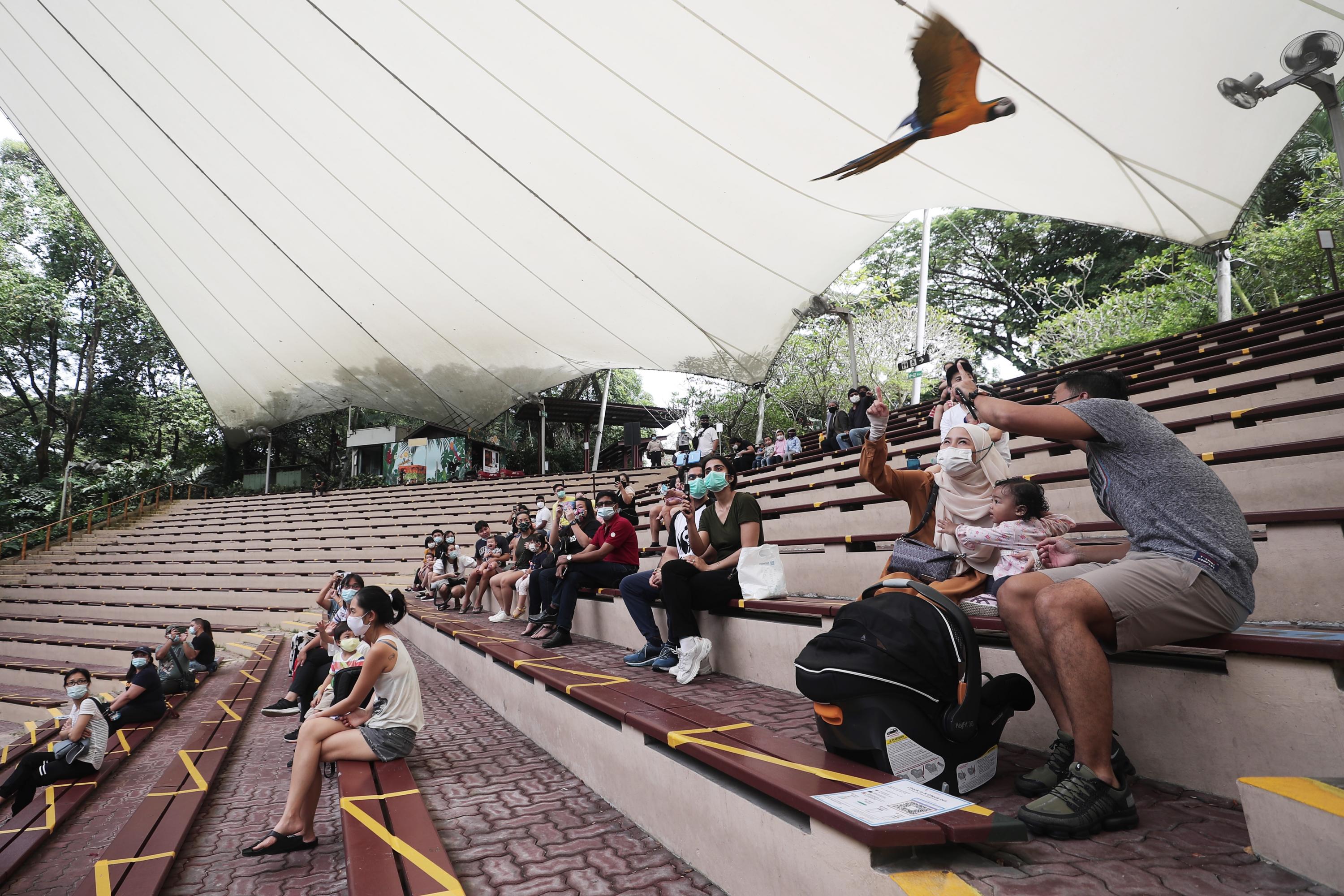Success of SingapoRediscovers Vouchers goes beyond redemption rate: Experts
Sign up now: Get ST's newsletters delivered to your inbox

Close to $300 million in SRV transactions were recorded.
PHOTO: ST FILE
Follow topic:
SINGAPORE - The success of the SingapoRediscovers Vouchers (SRV) should be looked at beyond the redemption rate, and should examine its wider effects on the industry, tourism experts said.
The devastating impact of the pandemic on the hospitality industry would have been much worse if not for the scheme, although there were some ways the scheme could have been improved to boost the take-up rate, they added.
The Singapore Tourism Board said on Friday (Jan 21) that about 1.9 million Singaporeans, out of about three million Singaporeans who received them, have used their vouchers at least once by the end of the scheme in December last year.
Close to $300 million in SRV transactions were recorded, comprising nearly $180 million in vouchers and about $120 million in out-of-pocket payments for SRV bookings.
As part of the scheme, each Singaporean aged 18 and above received $100 worth of online vouchers to spend on local attractions, hotels, and tours.
Dr Michael Chiam, a senior tourism lecturer at Ngee Ann Polytechnic, said the support given to the industry would have been more than the $300 million pumped in.
He said: "With the scheme and support measures, it makes it viable for more local tourism businesses to remain open... the multiplier effect is much larger as people who used this SRV also spent their money on other things."
Tourism consultant, Dr Barkathunnisha, the founder of Elevated Consultancy and Training, said the scheme had also spurred the industry to adapt and digitalise, and also forced tourism players to come out with new offerings.
She said: "Tour operators were using technology, storytelling, and experimenting with novel ideas. There has been a inward focus on domestic tourism and in showcasing our local cultural, natural and heritage resources."
To encourage more Singaporeans to redeem their vouchers, STB rolled out a slew of other measures, such as setting up physical redemption counters across Singapore. Identification documents were also allowed as proof of identity to redeem the vouchers.
While allowing physical redemption was useful in encouraging the less IT-savvy to redeem their vouchers, the marketing initiatives could have been better directed at specific age groups, the experts said.
For example, more effective marketing could have been targeted towards the elderly, such as through word of mouth, said Dr Barkathunnisha.
Mr Christopher Khoo, managing director of hospitality consultancy MasterConsult Services, said that the process was initially not user-friendly enough and this had hindered people from redeeming the vouchers.
When the scheme was first launched, consumers had described the process as complicated and inconvenient, as users had to browse through five different websites to check out the activities offered.
On a separate note, the range of tours could also have been more varied and targeted, Mr Khoo said.
"It got better as time went on as the companies learnt about what sold and what didn't sell well. The introduction of the tour and meal products gave another burst of interest to the buying public," he said.

